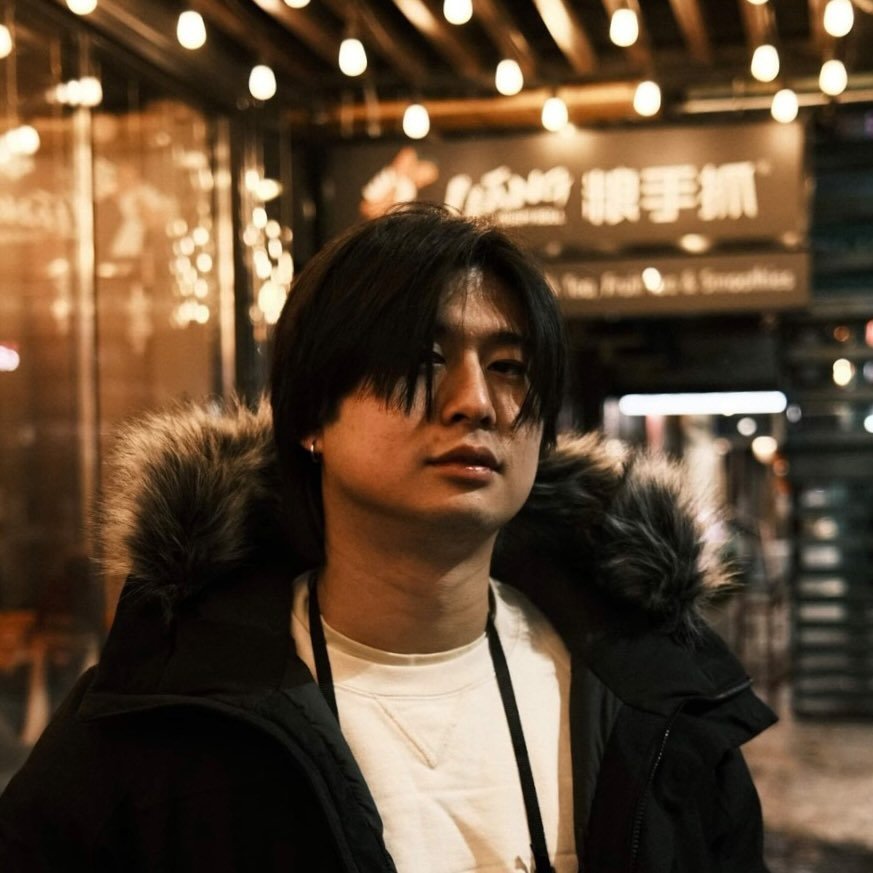Japanese media has been a big part of my life. Ever since I was watching Chinese-dubbed Dragon Ball till now, Japanese media is still the major source of my entertainment media. So it has always been a goal of mine to learn Japanese so that I can watch anime while eating and not miss anything connect more with this media that I am consuming.
The Plan
I am already casually fluent in Chinese (I can read and write at a basic level and hold conversations), so my experience would be a bit different from a typical English speaker attempting to learn Japanese since I can pick up Kanji (漢字) much more intuitively.
But nonetheless there was a ton of stuff I needed to learn and it was daunting to even think about starting. So I broke the process into 3 separate entities and pursued them in parallel: Kanji, Vocabulary, and Immersion.
Kanji
To actually study Kanji, I used an Anki flash card deck that contains ~1000 of the ~2000 Jōyō Kanji (常用漢字) which are the “common use Kanji.” The idea is to get through the ~1000 most common Kanji to build up a base of comprehension when later attempting to read, where you can pick up more Kanji from reading later.
Anki is a program that uses a Spaced Repetition System or SRS to algorithmically spaces out the frequency of when a flash card is shown (and making the interval longer and longer) to help you slowly commit information to long-term memory. I am using Anki for most of my direct studying right now.
So unlike Chinese, Japanese Kanji have multiple readings depending on the specific vocabulary word that it is forming. I did not learn any readings with the Kanji studying because each Kanji can have too many readings and the reading is context-dependent. So for this portion of my study, I stuck only to memorizing meaning.
To help memorize the Kanji and improve recall, I’ve been writing each Kanji down in a notebook. Three times for each new Kanji that is introduced and twice each subsequent time. If I ever fail to recall the meaning, it’s back to writing it down three times.
After about three months of study I am currently ~2/3 of the way through this deck.
Vocabulary
To study vocabulary, I used another Anki deck that contains the JLPT N5 (a Japanese language proficiency exma) vocabulary words. This deck presents words in sentences where each new sentence only contains on new vocab word or grammar concept.
The flash cards have just the Japanese sentence on the front and a translation + audio transcription on the back. My process is first attempting to read the card out loud (making sure to get the pronunciation and pitch accent correct), confirm that I understand it, and then flip it around. I will also write down the entire sentence in my notebook once.
What’s really interesting to me here is the association between Kanji, the vocabulary word, and the pronunciation. When attempting to read a sentence out loud, the process my brain is taking seems to be something like: read the kanji, understand the meaning, recall the specific vocabulary word, recall how to pronounce that vocabulary word. It feels really foreign to me, coming from English (a phonetic language) and Chinese (where basically all characters have a one-to-one mapping with a pronunciation).
Since each sentence would also contain variations in grammar, I’m finding that I’m also slowly gaining an intuitive sense of the Japanese grammar. Which is nice because directly studying grammar sounds pretty boring :0
After about three months of study I am currently halfway through this vocabulary deck.
Immersion
Immersion is preached about a lot in the language learning community. They say that one should spend copious amounts of time in their target language. And that makes a lot of sense. After all it’s how we all learned our first languages.
Currently I spend about an hour doing all of the flash card stuff every day and then another hour doing “active immersion.”
During the hour of active immersion, I will watch Japanese media with my undivided attention and use every bit of contextual information to try to parse what is being said. I’ve basically just been rewatching a lot of anime that I’ve already seen. However, since I primarily enjoying watching Seinen shows now a days, most of the shows that I have enjoyed are really difficult to understand even a little bit. When watching these shows aimed at an older audience, I can generally only pick up on about 2-5% of what’s being said, and most of that are phrases that most weebs anime fans would already know. Basically just common anime-esque phrases.
One thing I read was that Slice of Life shows that don’t dive too deep into emotional content and also shows that generally fall under the category of “cute anime girls doing cute things” contain much simpler and mundane vocabulary. While I am generally not a huge fan of these types of shows, I decided to start giving these shows a try.
Immediately, I started spotting a ton of vocabulary words that I’ve been studying up till this point and actually I can make out quite a bit of what’s going on even in shows I’ve never seen before.
MORE
I’m really happy with the progress that I’ve made so far and am excited to keep going with my studying. I really really want to get to a point where I can actually understand anime and seeing that I’m already able to pick out little pockets of understanding is really encouraging. I’m looking forward to checking in again in about another three months :0
